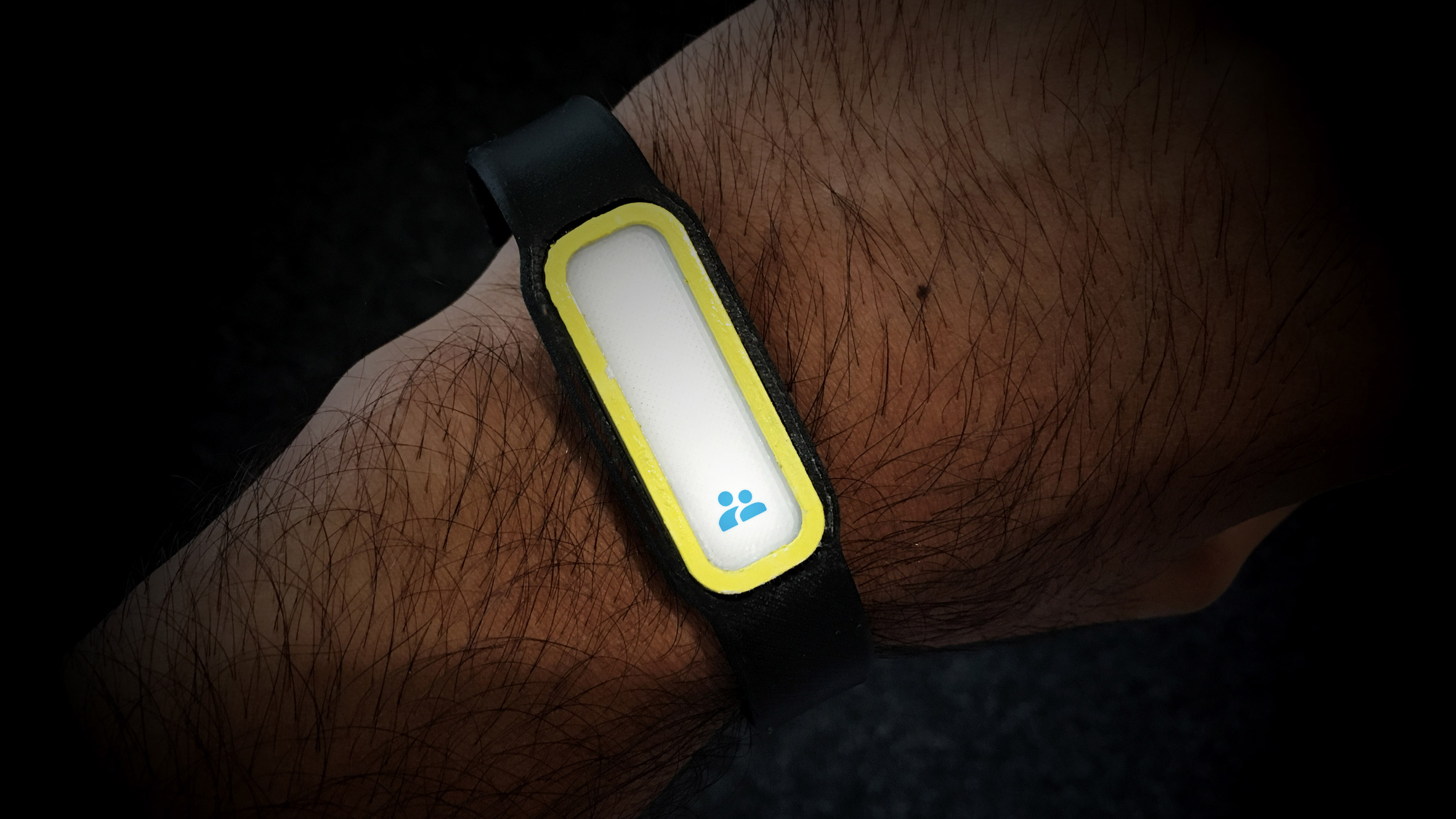Hamza Oza debuts tracking device for pilgrims that operates without a mobile network

Royal College of Art Innovation Design Engineering student Hamza Oza has created a cloud-based system that helps families locate their loved ones during Hajj without the need for a smartphone or phone signal.
The wearable bracelet device is designed for use during Hajj ? the annual Islamic pilgrimage to Mecca that all Muslims must complete at least once in their lifetime provided they are physically, mentally and financially able to do so.
The pilgrimage is completed each year by large numbers of people. According to Oza, in 2017, 2.35 million Muslims undertook the pilgrimage with the number predicted to reach 8 million people per year by 2030. Oza says that this large movement of people presents many risks including trampling, stampedes and fires. Called Rehber ? a word that means guide in Arabic but is more commonly used in reference to tour guides ? Oza's system features a wearable elastomer bracelet that resembles a Fitbit, but can be tracked by others using a supporting service that does not rely upon smartphones or mobile networks to operate.
"Each device has a range of 1 to 5 kilometres, depending on operating conditions, that works in tandem with a cloud-based dashboard that can be accessed by event organisers to locate people," Oza told Dezeen.
"The infrastructure cost in using Rehber to locate a retrieve lost pilgrims is therefore much less in comparison to what it would be using traditional methods such as Bluetooth or WiFi, where each device wo...
| -------------------------------- |
| INCENTRO Y BISECTRiZ DE UN TRIÃNGULO |
|
|
Villa M by Pierattelli Architetture Modernizes 1950s Florence Estate
31-10-2024 07:22 - (
Architecture )
Kent Avenue Penthouse Merges Industrial and Minimalist Styles
31-10-2024 07:22 - (
Architecture )






